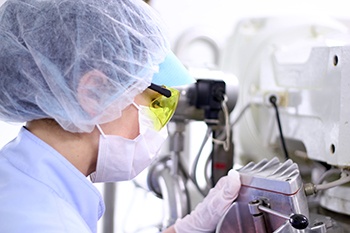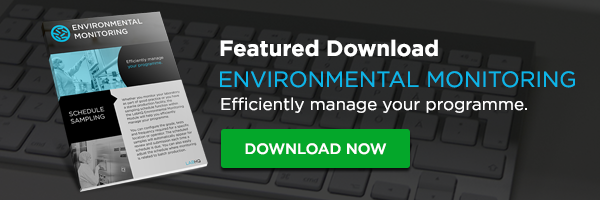 Microorganisms are found everywhere. This can be in the air and water, on skin and other surfaces. When microbiological contamination occurs in pharmaceutical manufacturing, product batches are wasted, risking potential recalls and plant shutdowns. The effect of the contamination can include lost time and money for manufacturers, drug delays and shortages, and related loss of public confidence, potential fines and even criminal consequences.
Microorganisms are found everywhere. This can be in the air and water, on skin and other surfaces. When microbiological contamination occurs in pharmaceutical manufacturing, product batches are wasted, risking potential recalls and plant shutdowns. The effect of the contamination can include lost time and money for manufacturers, drug delays and shortages, and related loss of public confidence, potential fines and even criminal consequences.
With so much at stake, manufacturers and industry regulators increasingly need to look into microbiological Environmental Monitoring to help ensure that their products, facilities and water meet safety and efficacy standards for public health.
Environmental Monitoring has become critical, especially in recent years as some manufacturers have faced increased regulatory scrutiny and tough consequences related to contamination. The FDA and MHRA require all pharma manufacturing companies to have Environmental Monitoring standard operating procedures (SOPs) in place as an important part of the drug release process to ensure public safety. To maintain production, license holders must prove aseptic manufacturing processes as part of the current Good Manufacturing Practices (cGMP) requirement of 21 CFR Part 211.188.2. Rules for trending and identifying contamination sources apply to CMOs and generics producers as well. Warning letters have specifically been issued to companies that lack adequate systems for monitoring environmental conditions in aseptic processing areas and for not having written procedures for Environmental Monitoring — including sampling frequency, sampling locations and procedures for alert and action levels.
There are software packages you can consider to help with Environmental Monitoring. Some also link into LIMS systems giving you the added benefit of a system that can assist in Quality Control test data capture and analysis.
When considering an Environmental Monitoring system make sure it includes the following:
-
Easy set-up of test grades to apply to specific areas and operators.
-
Sample scheduling. The ability to establish and view schedules ensures that you do not miss a test. It should also help improve efficiency by automatically loading tests for future samples.
-
Check test results against specifications. As results are entered, the system should check against the limits set against the grade highlighting alert and action areas.
-
Facilitate microorganism identification. The system should have the ability to add a test to identify the microorganism.
-
Data trending. Vital in any Environmental Monitoring System. Make sure you can run reports to trend results by location, operator and organism.
As the importance of Environmental Monitoring and its regulatory focus grows, finding a way to meet these stringent requirements along with data integrity factors is a challenge but not an insurmountable one.






